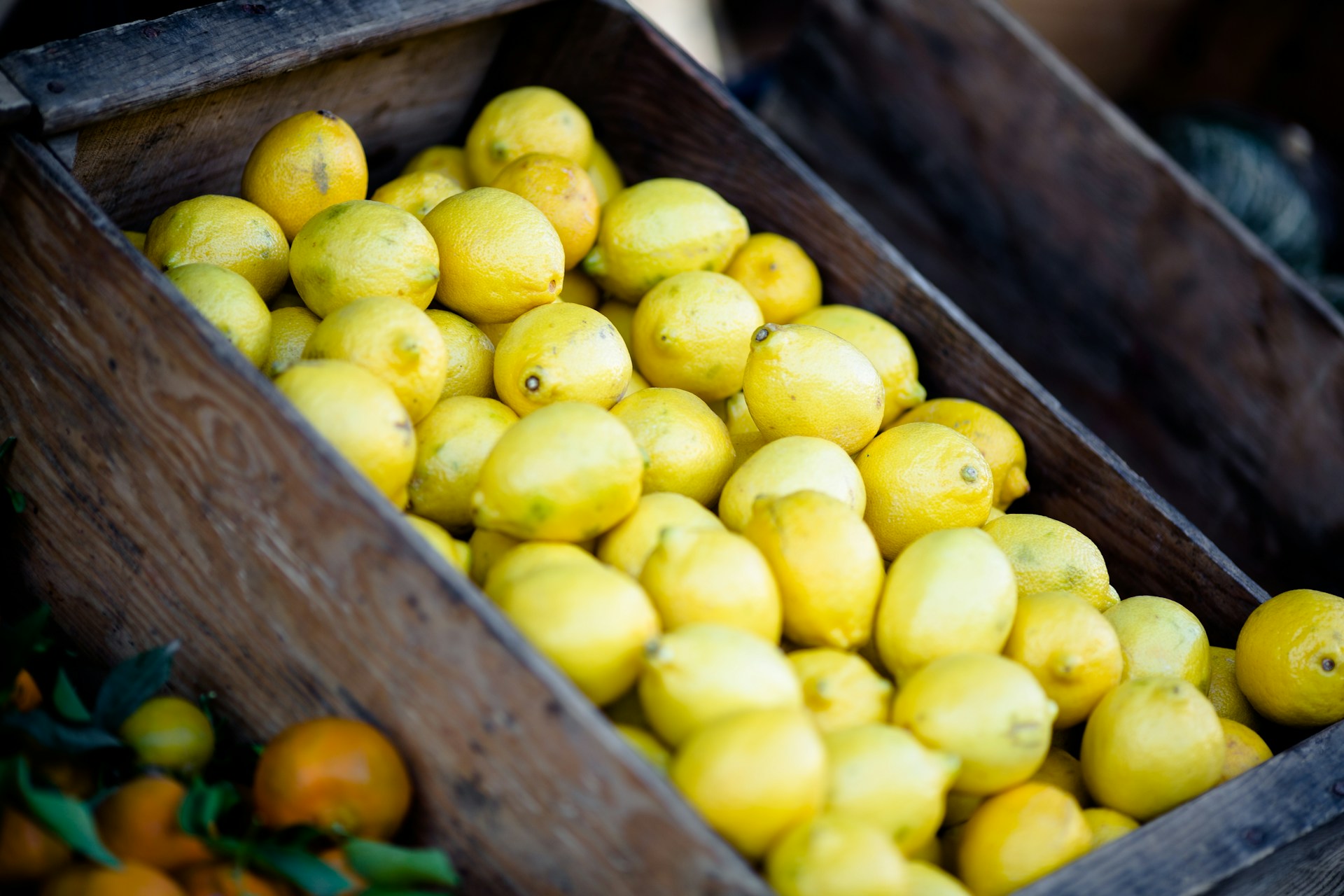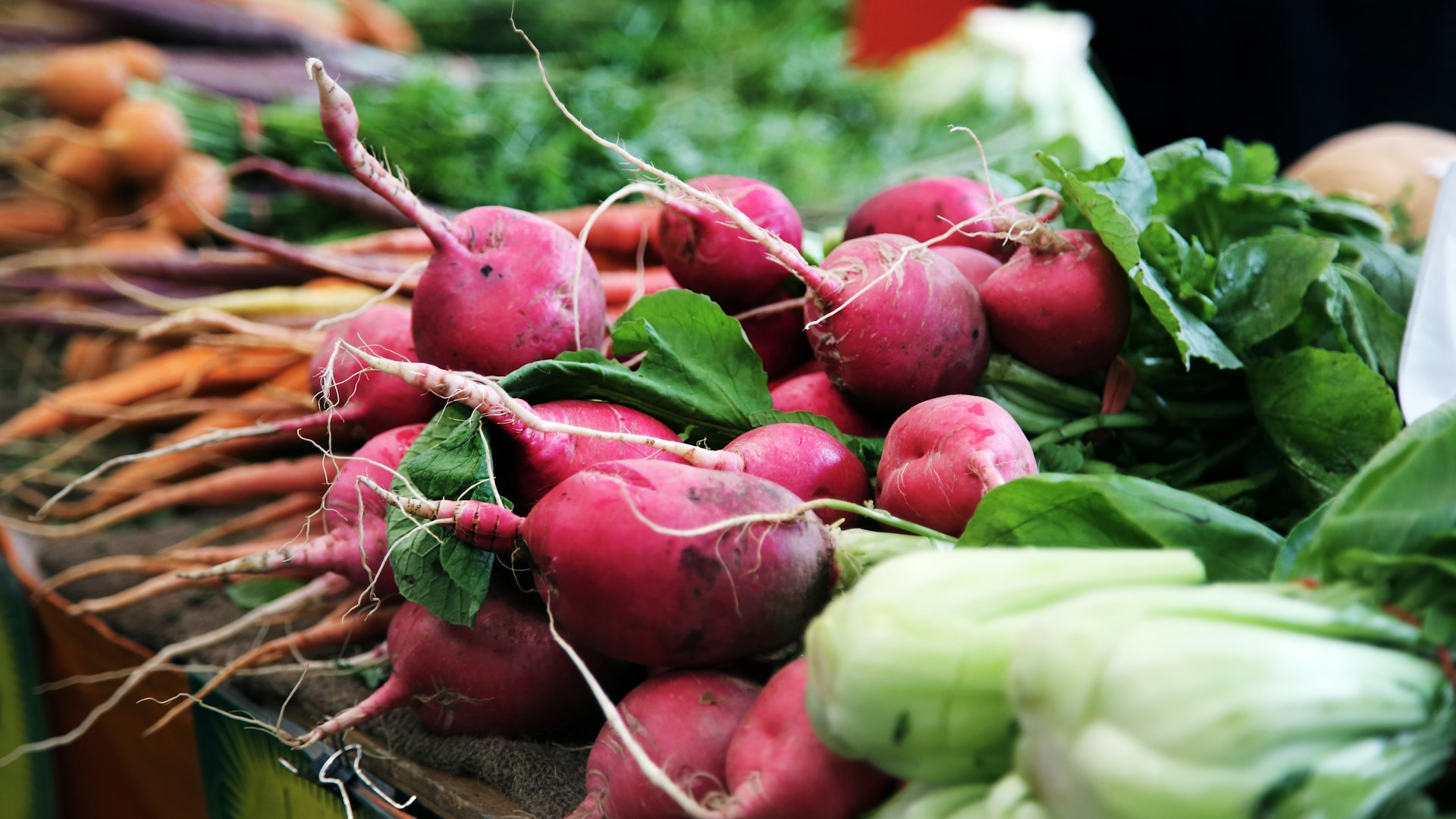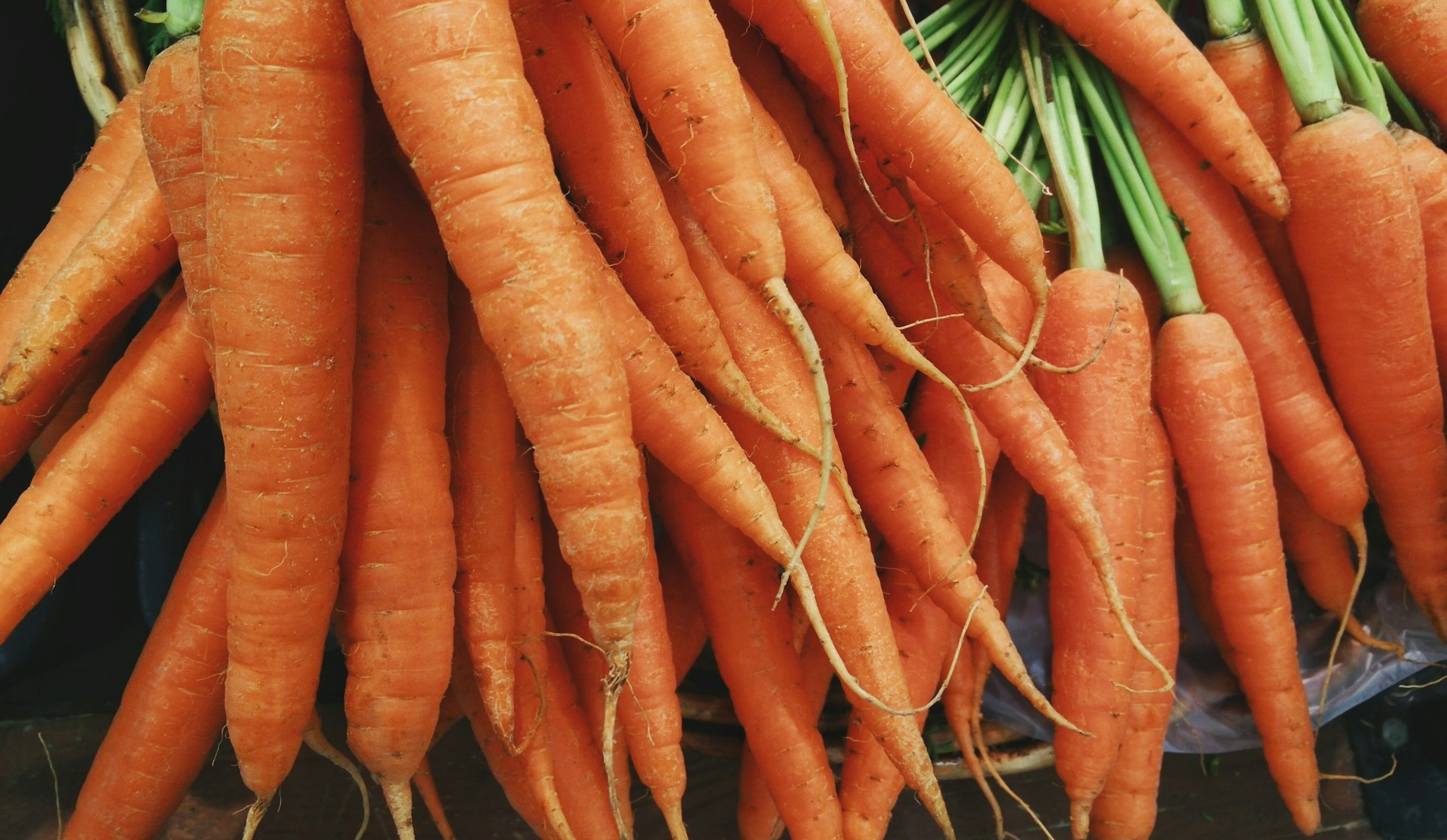Ensuring safety in produce processing is of vital importance in the food industry.
It plays a significant role in maintaining a high level of food quality, preventing illnesses, and meeting regulatory compliance.
Yet, it continues to pose significant challenges.
To overcome these challenges, the concept of traceability has gained substantial traction.
With advanced technologies and strategies, traceability solutions have emerged as an efficient tool in securing produce processing.
The purpose of this blog post is to comprehensively analyze these solutions, their benefits, and their role in reshaping the food industry.
Contents
Traceability Solutions For Safety In Produce Processing
1. Barcode/QR Code Tracking Systems
At the core of ensuring safety in produce processing, lies the importance of implementing efficient and robust traceability solutions.
One such promising approach lies within the realm of Barcode/QR code tracking systems.
A barcode is essentially a machine-readable representation of data which provides information about the object that it is attached to.
This method is highly reliable and has been a staple in the tracking and management of items across multiple industries, including the produce processing industry.
On the other hand, QR codes (Quick Response codes) are two-dimensional versions of barcodes that contain information about the item to which it is attached within a square pattern of black and white squares.
These tracking systems provide quick and accurate data about the product, including its origin, handling instructions, storage conditions, and any other relevant information.
This is incredibly advantageous when tracking the journey of a product from its point of origin, through the supply chain, and into the hands of the consumer.
The use of barcodes and QR codes in traceability systems enhances transparency and enables businesses to gain critical insight into their product’s journey.
These codes are easy to print and can be scanned quickly and accurately, thus reducing the likelihood of errors.
Even better, these codes can be produced at a low cost, making it a cost-effective solution for implementing traceability within a business.
Moreover, with the aid of smart devices and specialized software, these codes can be scanned and readable almost instantaneously.
By providing an abundance of valuable information, barcode/QR code tracking systems are crucial in ensuring food safety and product integrity while promoting transparency.
The use of these tracking systems can significantly minimize risks associated with foodborne illnesses and cross-contamination by tracing a product’s path from farm to fork.
Therefore, Barcode/QR code tracking systems are an effective measure in ensuring safety in produce processing due to their ease of use, speed, accuracy, and cost-effectiveness.
While there may be several methods for implementing traceability systems, barcode/QR code tracking systems are an essential tool for ensuring transparency and safety in our global food supply chain.
2. RFID Technologies
When considering traceability solutions for safety in produce processing, it is impossible to overlook RFID technologies.
RFID, or Radio Frequency Identification, is a technology that uses electromagnetic fields to identify and track tags attached to objects automatically.
The tags contain electronically stored information that can be read from up to several meters away, and they don’t need to be within direct line-of-sight of the reader to be tracked.
These tags make RFID technologies highly efficient in managing and controlling the movements of fresh produce from farm to consumer.
Use of RFID technologies can lead to substantial benefits in produce processing and supply.
The technology offers an unprecedented level of visibility into the state of products throughout their life cycle, substantially improving operations and responsiveness.
RFID systems can monitor crucial variables such as temperature and humidity, alerting stakeholders if conditions exceed acceptable thresholds.
This surveillance capability allows for immediate remedial action when potentially dangerous conditions are identified, fostering safety in produce processing.
Due to real-time tracking, companies can quickly trace any issues back to their point of origin, making product recalls faster and more accurate.
Since each RFID tag contains a unique identifier, individual produce items can be tracked and identified with absolute certainty, reducing the risk of mistakes and misidentification.
This system also provides data analytics capabilities, helping managers make informed and strategic decisions about their supply chain.
To prove the effectiveness of RFID in enhancing produce safety, numerous case studies exist where this technology has been key to preventing foodborne outbreaks and reducing waste.
Despite the system’s efficiency, RFID technologies are yet to reach their full potential in some produce-processing operations due to prohibitive costs and the complex nature of setting up the system.
However, with the advent of more affordable and user-friendly solutions, RFID technologies continue to be integrated into the infrastructure of produce processing and traceability systems.
Adopting RFID technologies for product traceability and safety are not just beneficial to consumers, but also a wise business decision.
This is because, in the long term, these systems can lead to cost savings, high-quality safety standards, and enhanced consumer trust through transparent and reliable traceability.
3. Blockchain-based traceability systems
In the context of produce processing safety, blockchain-based traceability systems provide a groundbreaking solution.
The technology offers a transparent and immutable record of each and every transaction and movement of goods within the supply chain, from farm to fork.
Blockchain’s decentralized nature means that no single party has control over the information, thereby reducing the chance of data manipulation.
As a result, everyone involved in the produce processing chain, from farmers and processors to retailers and consumers, can have unfettered access to crucial information.
You can verify a product’s history in real-time, fostering greater trust and accountability in the food supply chain
This means that you can verify a product’s history in real-time, fostering greater trust and accountability in the food supply chain.
Fraud and food adulteration issues can be promptly identified and addressed, ensuring food safety and consumer protection.
In times of food recalls, immutable records in the blockchain can help pinpoint the source of the problem rapidly, reducing risks and limiting the spread of foodborne diseases.
Moreover, blockchain-based systems can support better decision-making by providing key insights on production methods, transportation conditions, and processing stages.
For instance, it can show if a product has been ethically sourced, adhering to sustainable and environmentally-friendly procedures.
The system can even verify if a certain product is truly organic by retracing each transaction on the blockchain.
Such capability is key to assuring consumers of the integrity and safety of their food and boosting their confidence in the food system.
While implementing blockchain can be complex and require significant investment, the transformative potential it brings about cannot be overlooked.
Indeed, a transparent, secure, and efficient food traceability system founded on blockchain can majorly contribute to higher safety standards in produce processing.
Nonetheless, the success of blockchain applications in food traceability also relies on the collective efforts of all stakeholders, from policy makers, to businesses, and consumers.
4. GPS-Based Tracking Solutions
Global Positioning System (GPS) – based tracking solutions have been a remarkable asset in enhancing safety in produce processing.
The technology enables real-time tracking of produce from the farm right to the consumer.
It has shifted the way businesses handle traceability, allowing for the quick identification and recall of defective products.
In the realm of safety in produce processing, GPS-based tracking solutions offer a comprehensive view of the entire supply chain, identifying potential hazards and ensuring the highest level of quality control.
This ensures that only the highest quality produce reach the market, promoting safety and enhancing public health.
GPS tracking systems can provide information on a range of parameters that may influence quality such as temperature, humidity, and time of transit.
Such detailed tracking systems allow for better decision-making processes within supply chain management.
Moreover, these solutions have drastically improved transparency in the production process.
GPS tracking devices can be attached to individual packages or products to allow for real-time tracking.
This gives all stakeholders, from producers to consumers, an unprecedented level of access and perception into the path that the product has taken.
The precise geographical information offered by GPS systems ensures the speedy and effective recall of unsafe products.
GPS-based tracking solutions thus provides a technological backbone for safety in the produce industry.
This technology is not only key in improving product traceability but also presents a potential solution to food fraud by ensuring that the journey of produce can be followed and verified.
It is, therefore, evident that GPS-based tracking solutions are essential in the pursuit of an efficient, transparent, and safer produce industry.
As competition and regulatory demands increase, a reliable GPS-based tracking solution will increasingly become a must-have for companies in the produce industry.
5. IoT-enabled Sensor Monitoring
The concept of Internet of Things (IoT) has revolutionized various industries, including produce processing.
Iot-enabled sensor monitoring in particular, has emerged as a game-changer, enhancing traceability solutions for safety in these processes.
IoT sensors, when integrated into processing equipment, enable real-time tracking of product flow, starting from raw material input to end product output.
These sensors are embedded into machines and are programmed to collect data on various parameters that are critical to the processing and safety of produce.
For example, temperature sensors can be used to monitor the storage conditions of the produce and to ensure that they are within the safe and optimal range.
Moisture sensors can help in preventing cases of produce spoilage by keeping a check on the relative humidity levels in storage facilities.
The use of phosphine sensors can aid in detection of any toxic gas leakage in the storage area, thus preventing contamination of the produce.
The collected data is sent over the internet to a centralized monitoring system, where it is analyzed to identify any anomalies and potential risks.
This real-time monitoring and analysis of data enables the immediate identification and resolution of any issues, thereby reducing the chances of produce contamination & recall instances.
The collected data can also be used to make data-driven decisions on improving productivity and efficiency of the processing units, while ensuring safety.
In addition, IoT-enabled sensor monitoring enables end-to-end traceability in the supply chain, providing information on each stage of the produce’s journey.
This data can be accessed by all the stakeholders including producers, processors, retailers, and consumers, thereby promoting transparency and strengthening trust in the brand.
One of the advantage of IoT-enabled sensor monitoring is its scalability. As the processing units get bigger and more complex, more sensors can be added to ensure comprehensive monitoring.
Moreover, with advancements in technology, these sensors are getting smaller, more efficient and cost-effective, making them a viable solution even for small and medium scale businesses.
Thus, IoT-enabled sensor monitoring provides an effective and efficient traceability solution, ensuring safety and quality in produce processing.
The Bottom Line
Integrating modern technologies like barcode/QR code tracking systems, RFID technologies, blockchain-based traceability systems, GPS-based tracking solutions, and IoT-enabled sensor monitoring can significantly enhance product traceability and supply chain efficiency.
These technologies provide real-time tracking and data on the product’s journey, reducing the risks of counterfeiting and fraud.
Moreover, they help businesses maintain a high level of transparency with their customers, which can boost trust and reputation.
Hence, embracing these advanced tracking solutions can bring a competitive edge in the increasingly digital and connected market landscape.




